Trump, downplaying deaths, once claimed US would never see 100,000 milestone
Trump suggested throughout April the country wouldn't reach 100,000 deaths.
In just under four months, more than 100,000 Americans are now reported to have died from the novel coronavirus, a grim milestone President Donald Trump once suggested the country would never see.
Roughly a month ago, Trump, at a White House task force briefing, said, "It looks like we'll be at about a 60,000 mark, which is 40,000 less than the lowest number thought of."
A few days later, on April 24, he again sought to highlight a lesser number: "Minimal numbers were going to be 100,000 people. And we're going to be, hopefully, far below that."
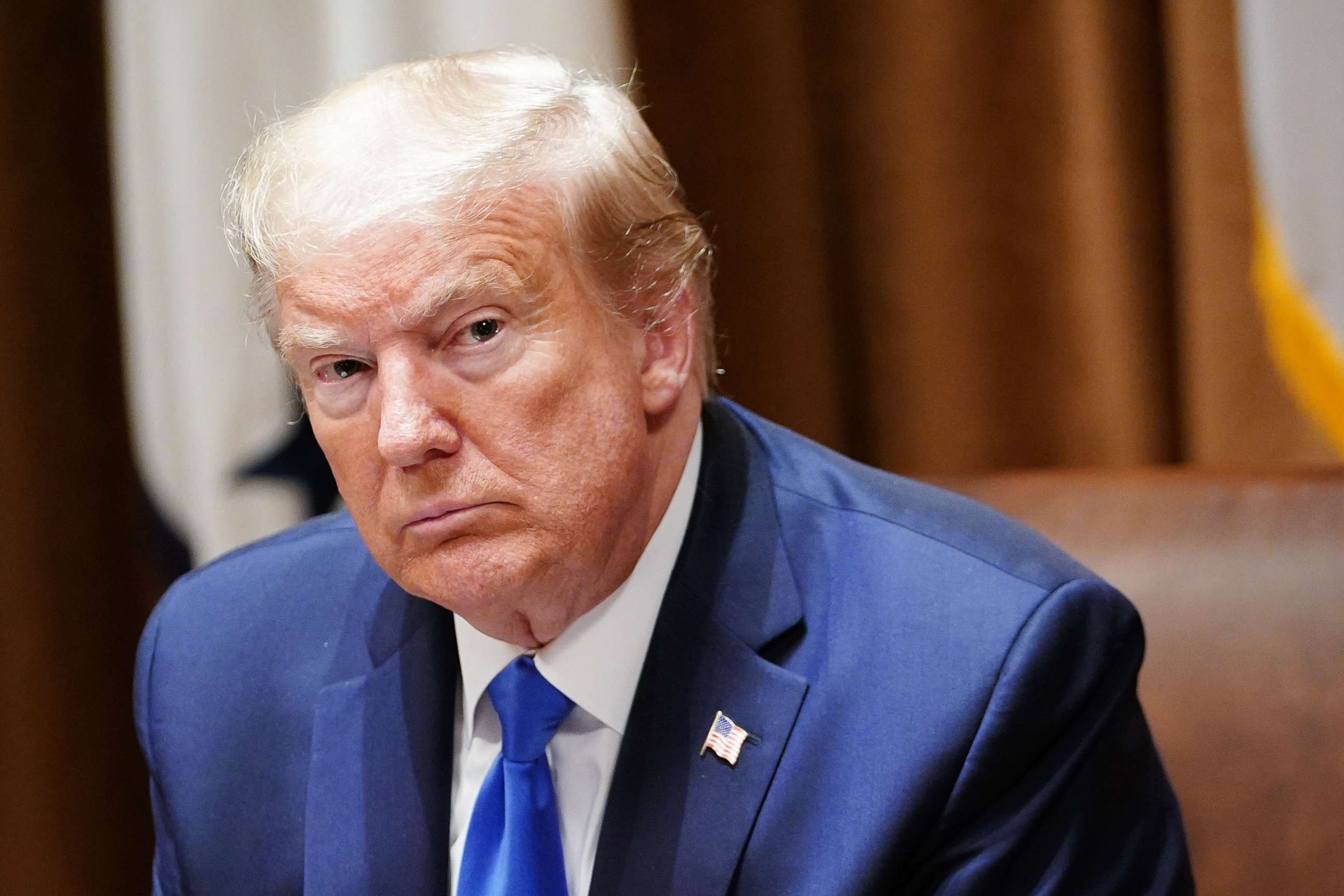
As the politically fraught threshold neared Tuesday, he continued to play down the actual figure, using new language.
"If we didn't act quickly and smartly we would've had, in my opinion and the opinion of others, anywhere from 10 to 20 and maybe even 25 times the number of deaths," Trump said, when asked to comment at a Rose Garden news conference.
He continued to make the unverified claim, as he does at every opportunity, that his decision to impose partial restrictions on travel from China, which took effect in early February, had made all the difference.
As the numbers shifted, the president has been consistent -- characterizing the ever-increasing death estimates as a relative success, compared to the 2.2 million death toll projection from the London Imperial College if the U.S. took no action to slow the spread of the deadly virus.
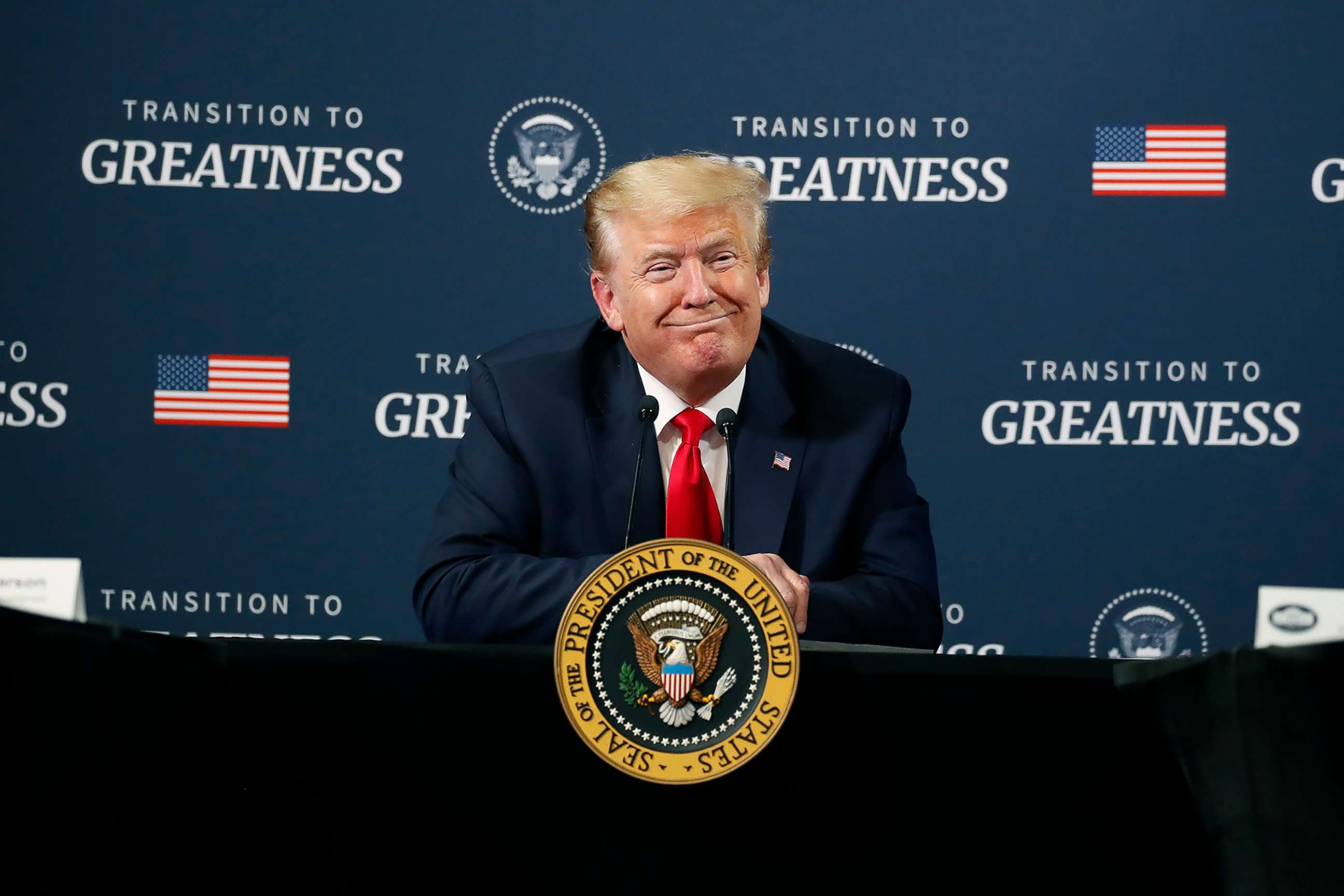
Casting himself as a "wartime president" in command of the country's response to an "invisible enemy," he has suggested American casualties were inevitable. He has deflected questions about what death toll he finds acceptable in exchange for reopening the economy by saying "one death is too many."
He acknowledged Tuesday, in a tweet, that it "looks like" 100,000 "will be the number."
As he encourages Americans to return to life before COVID-19, using campaign-style slogans such as "open up American again" and "transition to greatness," Trump has continued to spin the rising death toll as relative good news.
It was only three months ago when he said the coronavirus would "disappear."
"You have 15 people, and the 15 within a couple of days is going to be down to close to zero," he said Feb. 26 at a coronavirus task force briefing.
And when the first death in the U.S. was reported on Feb. 29 (though an April autopsy would reveal an earlier death in California on Feb. 6), the president held a campaign rally in South Carolina the night before, calling criticism of his response the Democratic Party's "new hoax."
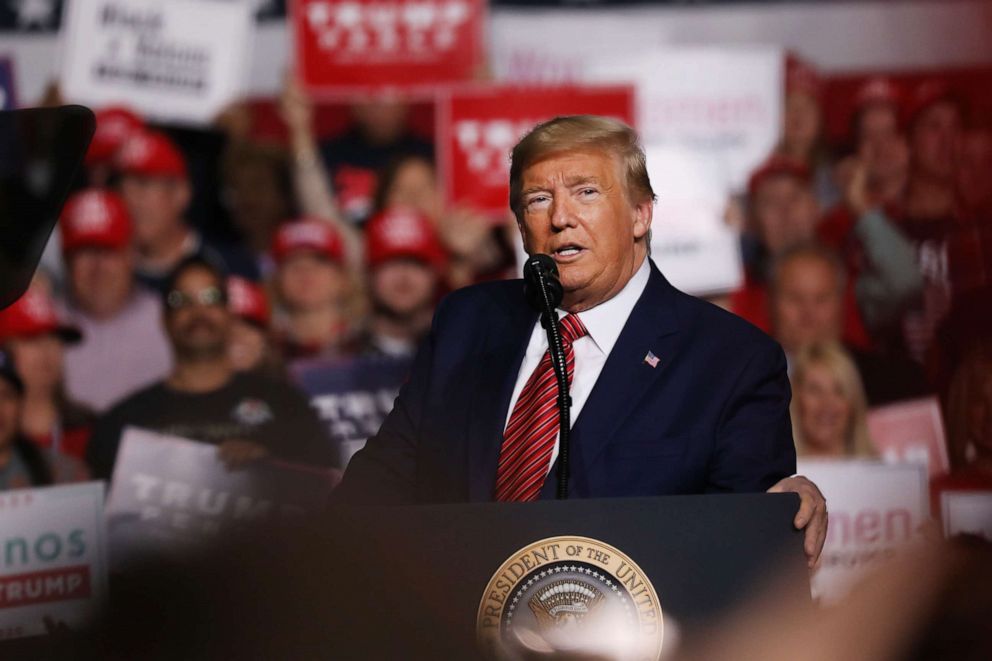
It wasn't until a coronavirus task force briefing on March 31 -- the day the U.S. death toll passed 4,000 -- that Trump conceded there would be significant loss of life, after several weeks of comparing the virus to the flu.
Trump said heeding White House guidance was a "matter of life or death, frankly" before tossing to Dr. Deborah Birx, the White House's coronavirus response coordinator, who displayed its model estimating 100,000 to 240,000 Americans could die.
While the president said it was "very sobering" to see that 100,000 was the predicted minimum death toll, he also said that it was still "a very low number."
At the time, even the government's top expert of infectious diseases Dr. Anthony Fauci said he hoped the U.S. would not hit 100,000 lives but that "as sobering a number as that is, we should be prepared for it."
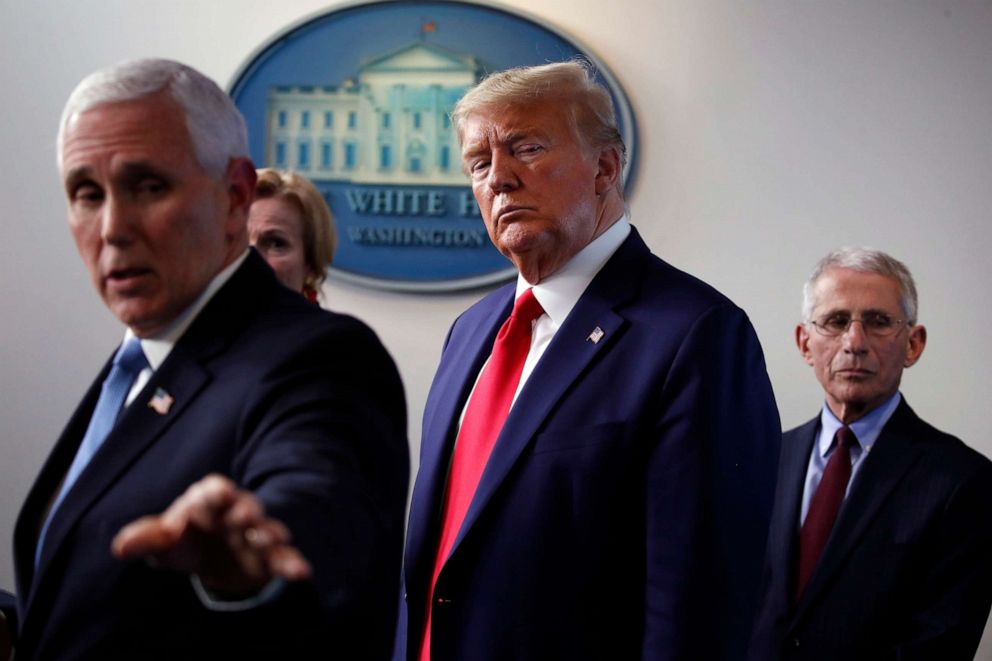
Not even two weeks after that news conference, Trump cast doubt that the U.S. death toll would reach 100,000 lives, a point he repeated throughout the month of April at least seven times, growing more definitive with each mention.
At the start of the month, Trump said, "I think we'll be substantially under that number," when asked about the White House task force minimum prediction of 100,000 deaths, and by the end of April, he insisted the country would be "far below" that prediction.
On April 20, for example, as the death toll toppled 40,000, Trump claimed he heard the U.S. death toll could end up at 50 or 60,000, appearing to prematurely declare a victory of sorts -- citing figures well below what he called "the low number" estimate of 100,000.
"We did the right thing, because if we didn't do it, you would have had a million people, a million and a half people, maybe two million people dead. Now, we're going toward 50, I'm hearing, or 60,000 people," the president said. "That's at the lower -- as you know, the low number was supposed to be 100,000 people. We could end up at 50 to 60."
On April 29, Trump raised his prediction to 70,000 as potential for "the final level" -- the same day his son-in-law and senior adviser Jared Kushner called the federal government's response a "great success story."
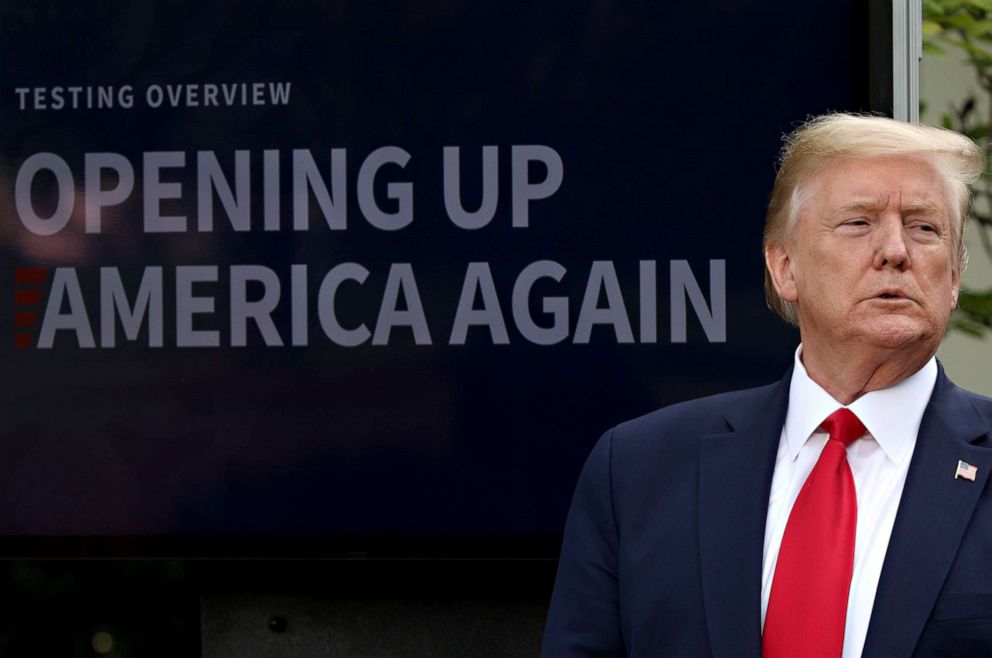
"If we didn't do what we did, you would have had a million people die, maybe more, maybe 2 million people die," Trump said April 29. "And if you think that we'd be at 65, or 70, or 60, or whatever the final level would be," Trump said.
And when that number was surpassed on May 1 and the U.S. neared 65,000 deaths, Trump suggested the country would still come in below 100,000, again citing the London Imperial College projection.
"Not long ago, models predicted that between 1.5 million and 2.2 million people would have died in the United States without the mitigation," Trump said, adding, "We have saved thousands and thousands of lives."
"And hopefully, we're going to come in below that 100,000 lives lost, which is a horrible number nevertheless. It's a horrible thing. It could've been stopped. It should've been stopped at source, but it wasn't," the president said, blaming China.
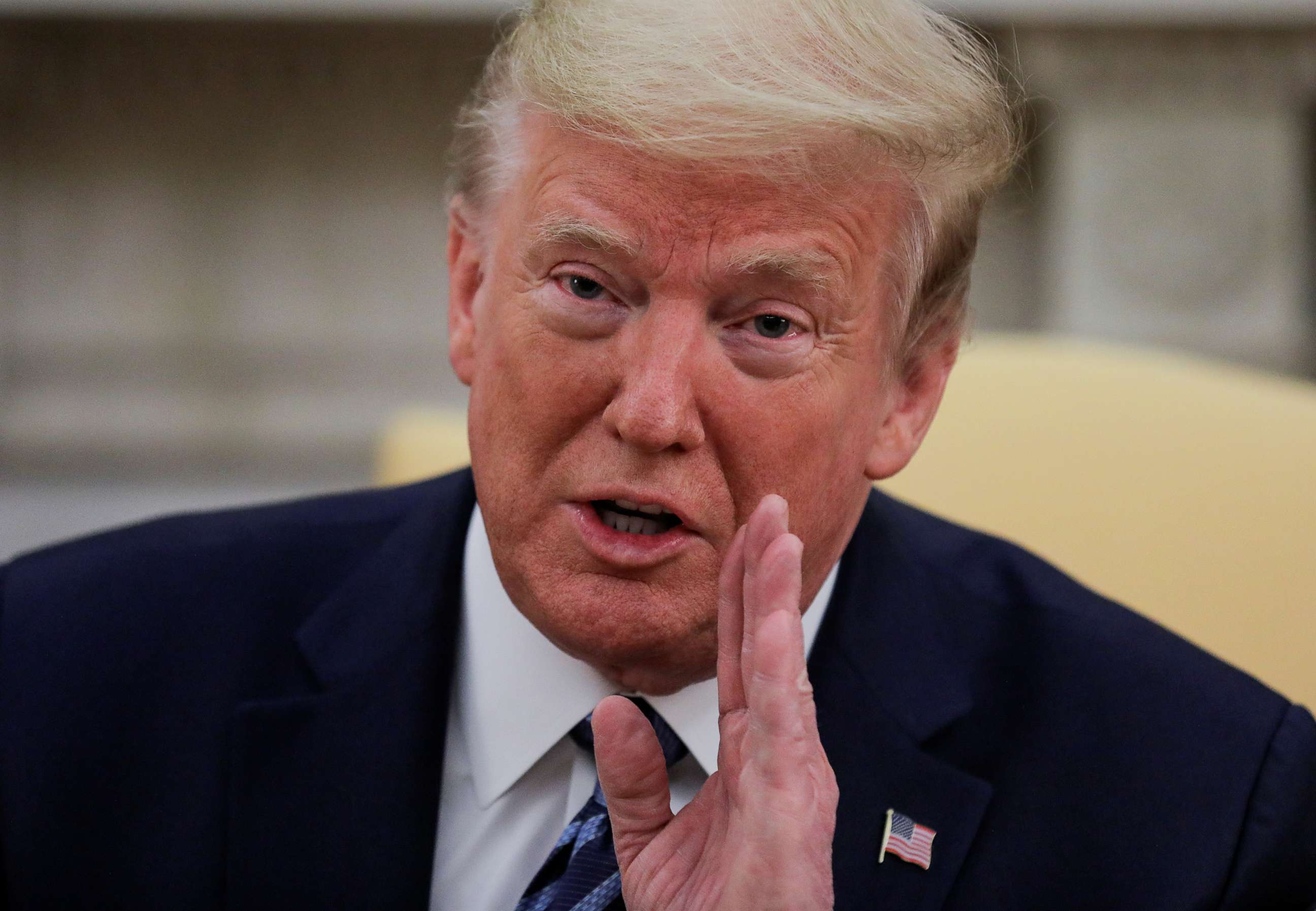
Just days later, in a "virtual town hall" with Fox News as the country's death toll neared 68,000, Trump threw out several numbers, saying the U.S. is "going to lose anywhere from 75, 80 to 100,000 people."
When pressed on how that number had changed from when he once predicted 60,000 deaths, Trump said, "And now I'm saying 80 or 90."
"But it's still going to be, no matter how you look at it, at the very lower end of the plane," he continued.
In an exclusive interview with ABC News "World News Tonight" Anchor David Muir on May 6, Trump did acknowledge the toll could be higher than 70,000, but again said it could have been much worse, by comparison.
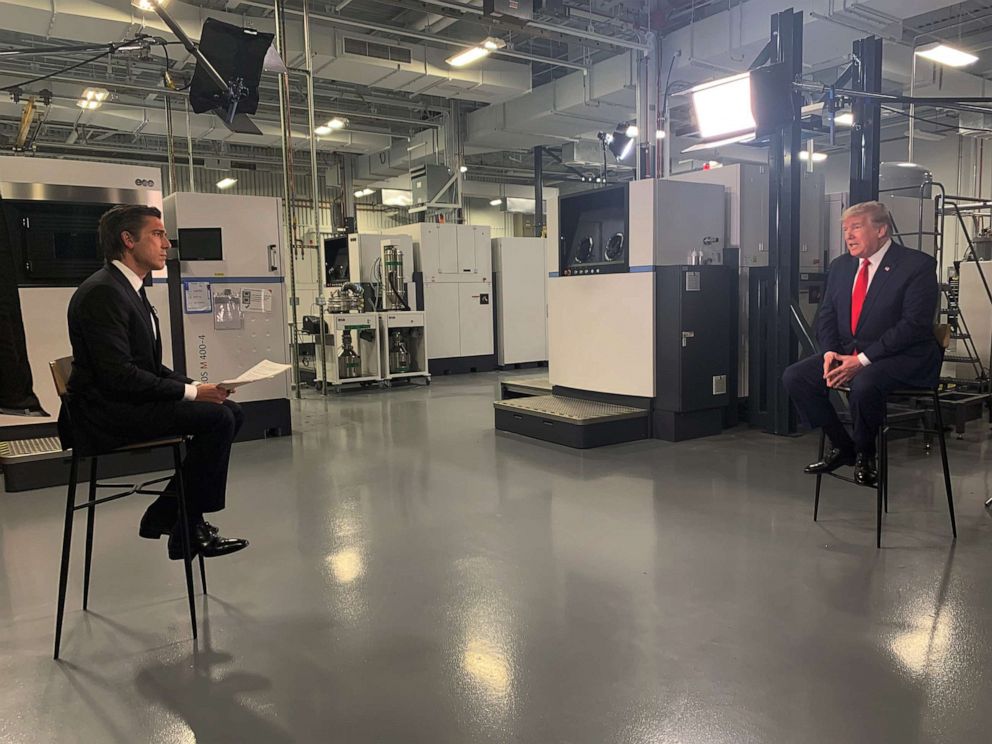
"The upper number was, as you know, 2.2 million people. And then there are some, some models or charts that showed higher than that. But 2.2 million people. I always felt 60, 65, 70 -- as, as horrible as that is -- I mean, you're talking about filling up Yankee Stadium with death. So I thought it was horrible, but it's probably going to be somewhat higher than that," he said.
Vice President Mike Pence, while talking more openly about the death toll, and expressing more sympathy for the victims, also at times has been too optimistic, saying last month, "I think by Memorial Day weekend we will have this coronavirus epidemic behind us."
Others on the coronavirus task force more directly acknowledged the symbolic number.
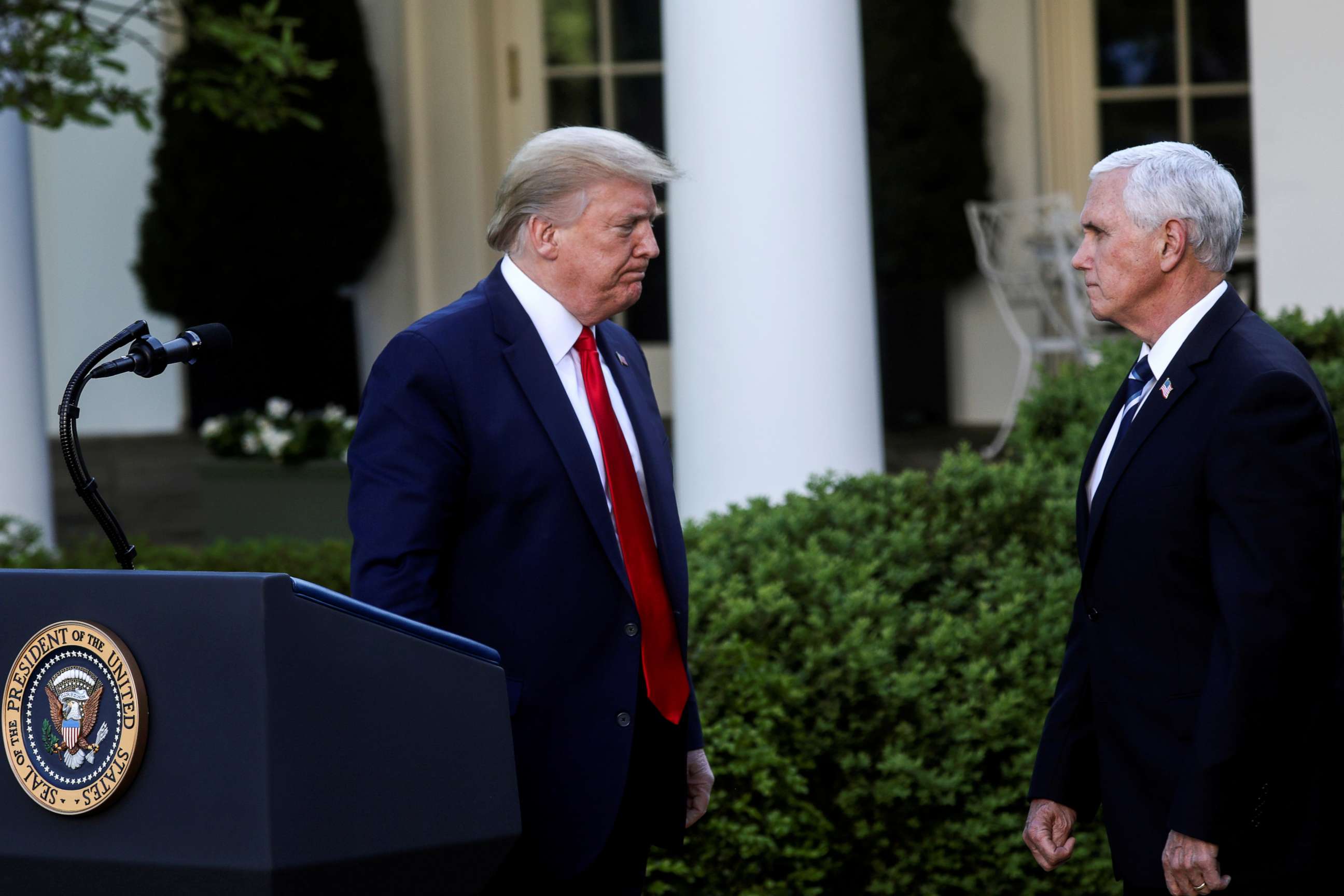
Centers for Disease Control and Prevention Director Robert Redfield tweeted that the U.S. has been on pace to hit more than 100,000 coronavirus deaths by June 1 since May 11 -- but his comments have largely been overshadowed as the country sees fewer task force briefings and more of the president taking questions after various events, many times without health experts by his side.
The CDC assessment cited 12 different models tracked by the agency and marked the first time Redfield explicitly addressed death toll numbers. One of the models he cited was done by Columbia University -- a finding the president immediately dismissed as partisan, after a group of researchers there said 84% of Americans could have been saved had he and governors imposed restrictions two weeks earlier.
When asked about the Columbia analysis that more lives could have been saved, Trump attacked the Ivy League school as a "liberal, disgraceful institution."
"I saw that report. It's a disgrace that Columbia University would do it, playing right to their little group of people that tell them what to do," Trump told the program "Full Measure," produced by the conservative Sinclair Television Group.
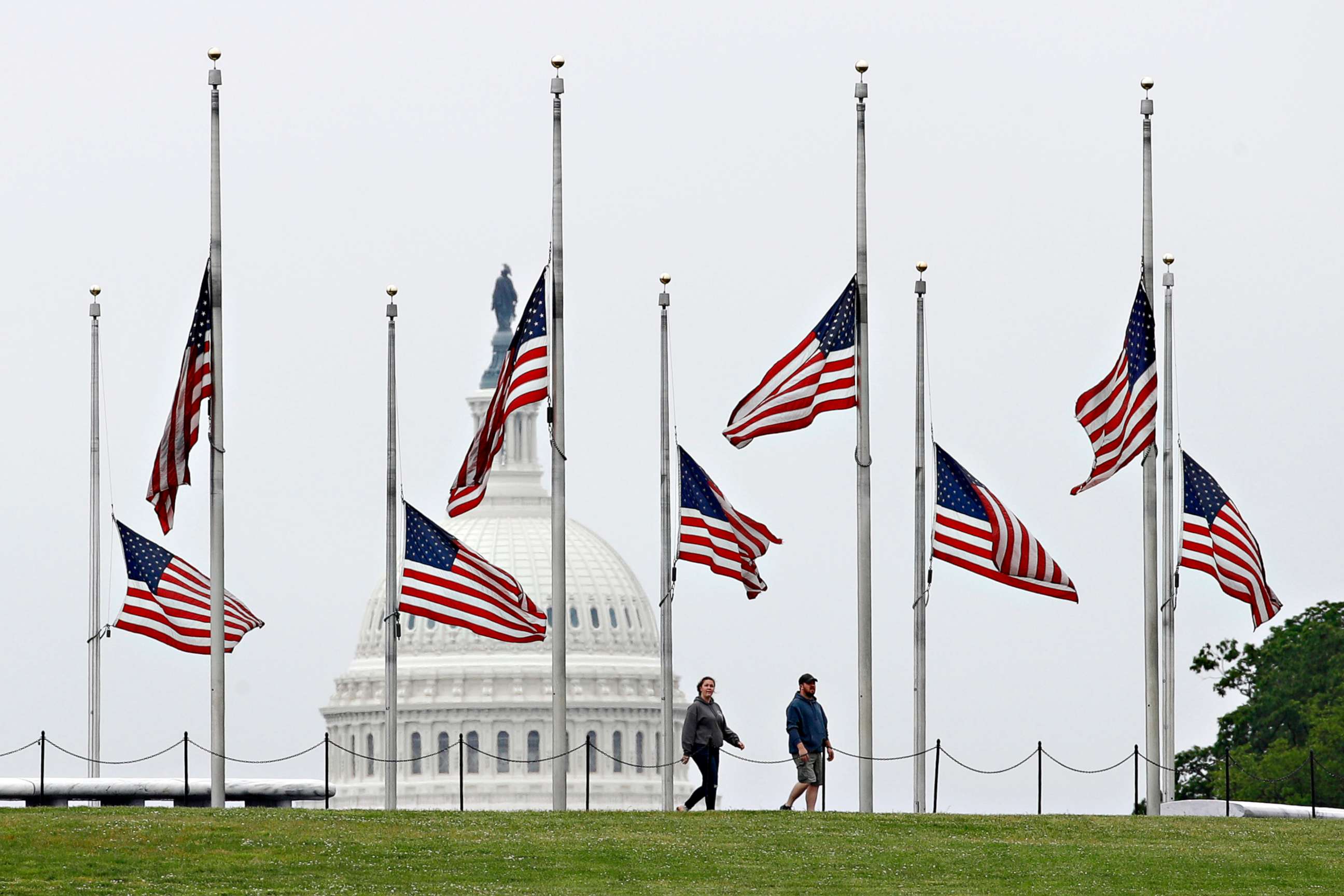
Asked on Tuesday what the president would do when the toll passes the 100,000 mark, the White House noted he had ordered flags lowered to half-staff over the Memorial Day weekend.
Officials wouldn't disclose what else he might do or say to mark the historic moment.
What to know about the coronavirus:
- How it started and how to protect yourself: Coronavirus explained
- What to do if you have symptoms: Coronavirus symptoms
- Tracking the spread in the U.S. and worldwide: Coronavirus map
Tune into ABC at 1 p.m. ET and ABC News Live at 4 p.m. ET every weekday for special coverage of the novel coronavirus with the full ABC News team, including the latest news, context and analysis.
ABC News' Chris Donovan, Jordyn Phelps, Ben Gittleson and Elizabeth Thomas contributed to this report.







